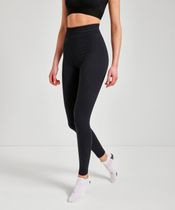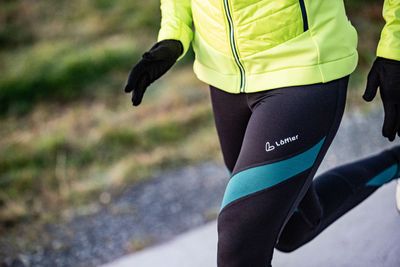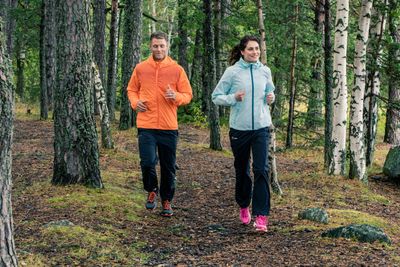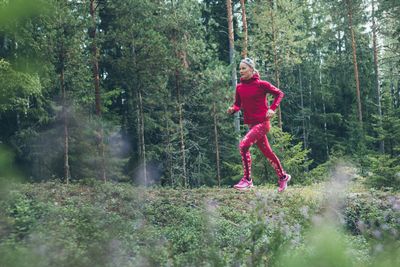Contents
Running in autumn: The right clothes
No matter what time of year it is - running is always possible! To help you run worry-free in the fall, we've put together a few tips that will keep you well-equipped for training in the colder months of the year.
Don't dress too warm
Running down to temperatures as low as -10 degrees Celsius is no problem, but you should make sure that you wear the right clothes to prevent injuries and colds. The first rule is: don't dress too warm. It sounds strange at first, but your body warms up a lot after a short time of running. Therefore, it is not necessary that you are warm from the beginning. It's best to dress so that you feel a little chilly when you go out. After a few minutes you will notice that your body produces warmth and you will not feel the chill anymore.
It is all about the layers
We recommend the "onion look", where you simply wear several layers on top of each other and then depending on the temperature and weather, leave out one layer. From the inside out, your running outfit could look like this:
The first layer:
As your first layer, also known as base layer, it's best to wear moisture-regulating sports underwear. Functional materials such as merino wool or special synthetic fiber fabric ensure that the moisture is released to the outside and thus also regulate the heat released, so that your body will not get cold due to the sweat on the skin.




The second layer:

To make sure you can really go for it, a good pair of running pants is essential. The most important thing is that the pants fit really well and don't pinch or chafe at any point, otherwise it's just no fun. In the fall, it's best to run with long, tight-fitting pants with flat seams made of special synthetic fiber materials. This regulates the heat on your legs and prevents them from cooling down or overheating. Other than that, you can't do much wrong here. The main thing is that you feel comfortable in the running pants.
The third and fourth layer:

In addition, you can then put on a running jacket, for example, if it is rainy or the temperature drops further. You can combine these two layers or wear them separately and adapt your running outfit to all external conditions. But remember: It should not be warm from the beginning, but just a little fresh, so you have exactly the right "operating temperature" during your training.
Don't forget reflectors and a headlamp

In order to not only be seen well by others, but also to better recognize your surroundings, you can also use a headlamp. This way you can see the ground you are running on even on poorly lit paths and avoid tripping or stepping into potholes.

